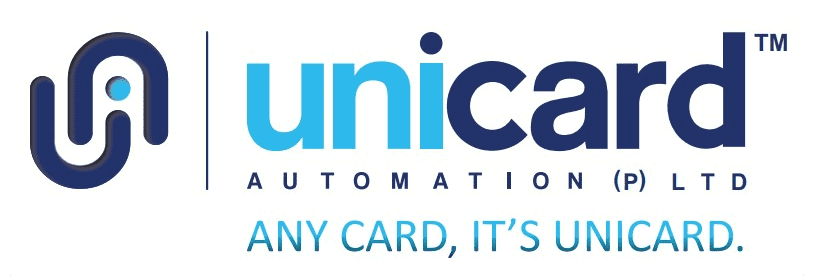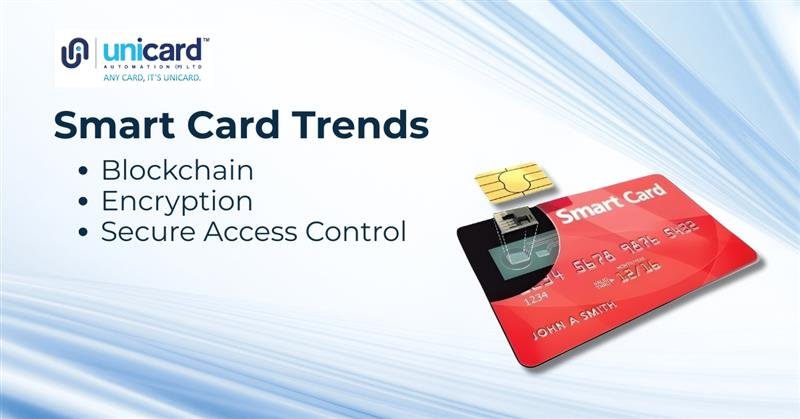Smart cards have advanced far beyond simple payment tools. Today, these compact devices serve as digital keys, identity verifiers, and secure data storage solutions across industries ranging from healthcare to government. As cyber threats become more sophisticated, smart card technology continues to evolve, balancing stronger security with seamless user experiences.
Three major trends are currently reshaping the smart card landscape: blockchain integration, advanced encryption methods, and enhanced access control systems. Understanding these developments helps organizations make smarter decisions about strengthening their security infrastructure.
Blockchain Integration
Blockchain technology is revolutionizing smart cards by enabling tamper-proof digital identities. When paired with smart cards, blockchain creates an immutable record of transactions and access events—making it nearly impossible for attackers to forge credentials or manipulate data.
- Financial institutions are leading the charge, using blockchain-enabled smart cards to secure cryptocurrency transactions. These cards locally store private keys while recording transaction hashes on the blockchain, delivering both convenience and robust security.
- Government agencies are exploring blockchain smart cards for secure voting systems, where transparency and fraud prevention are critical.
Because blockchain is decentralized, it eliminates the single points of failure common in traditional authentication systems. Smart cards with blockchain capabilities can verify identities without depending on centralized databases, which are frequent hacker targets.
Encryption Advancements
Modern smart cards are increasingly adopting quantum-resistant encryption algorithms to stay ahead of future computing threats.
- AES-256 encryption is now the standard baseline.
- Elliptic Curve Cryptography (ECC) reduces computational demands while maintaining strong protection.
In addition, multi-factor authentication is often built directly into the card:
- Something you have → the smart card
- Something you know → a PIN
- Something you are → biometric data stored securely on the card
This layered security approach makes unauthorized access far less likely, even if one factor is compromised.
Many smart cards also contain hardware security modules (HSMs) that generate and store cryptographic keys in tamper-resistant environments. These HSMs can detect physical attacks and automatically erase sensitive data, making reverse-engineering nearly impossible.
Secure Access Control
Smart cards are also transforming physical and digital access management by enabling granular, role-based permissions. Unlike traditional key cards, modern smart cards can carry multiple credentials and adapt access rights based on time, location, and user role.
- In healthcare, smart cards control access to patient records while ensuring HIPAA compliance. Permissions can be tailored to each provider’s role and patient consent, with detailed audit trails for accountability.
- In corporate environments, smart cards can unify building access, workstation logins, printer use, and cloud application entry. Administrators gain centralized control over permissions, reducing the security risks of managing multiple systems separately
Smart Cards Drive Digital Security Forward
The convergence of blockchain, advanced encryption, and intelligent access control is solidifying smart cards as critical tools for modern digital security. Organizations that invest in these technologies benefit from:
- Stronger defense against cyber threats
- Streamlined access for employees and users
- Greater regulatory compliance and auditability
Platforms like Unicard Automation are making smart card adoption easier by simplifying deployment and management. With automation solutions, even businesses without deep technical expertise can implement secure smart card systems.
The future of smart cards lies in their ability to adapt to emerging threats while maintaining convenience. Organizations that embrace these trends today will be best positioned to protect assets, build trust, and thrive in tomorrow’s digital landscape.





